|
On our modern Julian calendar, March is the third month of the year, but to ancient Romans, Martius (as it was called) was the first month of each new year. It makes sense when you think about it. Right now in Italy, the flowers are blooming all over the place. Things are growing, the weather is warm again and it makes sense to think of Spring as the beginning--the birth--of a new year. The Romans celebrated holidays from the first through the Ides of March (on the 15th) to bring in their New Year. The most important celebration on the Ides was to the god Jupiter, the supreme deity, but also to Anna Perenna, the goddess of the year itself. Anna Perenna was more popular with the plebeians of Rome who drank, played games and had picnics. Later, in Imperial Rome, the Ides began a week long celebration for several various festivals. The so called "Ides" of a given month refer to the midpoint of a month, for some months (like March) falling on the 16th, and on others falling on the 13th day--all governed by the phases of the moon. The Ides on the ancient Roman calendar was on the new year's first new moon. The Romans didn't use day numbers, but counted backwards from given points in the month... the Nones (5th or 7th, depending on the length of the month), the Ides (13th or 15th), and the Kalends (1st of the following month). Of course, we all know that in modern times, the Ides of March is the day that Julius Caesar was assassinated in 44 BC. Shakespeare tells the tale in his classical play Julius Caesar... Caesar was stabbed to death by a crowd of his opponents, with Brutus and Cassius at the lead. A seer foretold that Caesar would come to an end on the Ides, but when the day came he saw the seer on the street and laughed in his face, saying that nothing bad had happened, but the seer answered back, "...Yet".  Recently, researchers think they have found the exact location of where Julius was stabbed 23 times by the group of senators... at the Largo di Torre Argentina, in the center of Rome not far from the Pantheon, known nowadays to tourists and Romans alike for the tram station adjacent to the site and all the feral cats that live among the ruins. Ancient texts always claimed that Caesar was killed in the Curia of Pompey, a theater at the site, but until recently no archeological evidence could be found. In 2012 a large concrete marker was found which was erected as a monument to Caesar by his loyal followers after his death... All those cats seem to be wandering and waiting for Caesars return... You can hear their call... "miao, miao... miao..." Oh, I almost forgot... Felix Annus Novus! (That's Happy New Year in Latin.) --Jerry Finzi You can also follow Grand Voyage Italy on: Google+ StumbleUpon Tumblr Members of Black Hand (la Mano Nera) arrested at Fairmont, W. VA.-The Mafia, more commonly known as the Black Hand in West Virginia, reared its ugly head in Marion County in 1908. The members of the Black Hand, all natives of Italy, had banded together with Frank Pisconeri as their president. They carried out a campaign of extortion throughout the county with their victims either Italians or Italians by descent.
-(Marion Co Historical Society) Black Hand (Italian: Mano Nera) was a type of extortion racket. It was a method of extortion, not a criminal organization as such, though gangsters of Camorra and the Mafia practiced it. According to a newspaper report in the New York Tribune of June 1912, the Black Hand "...really exists only as a phrase. As an organization such a thing never existed out of the minds of the police. It is a catch phrase made familiar through the newspapers, and the quick witted criminal of Latin extraction lost no time in using it as a nom de crime, which he wrote at the bottom of his blackmailing letters, sometimes - in fact, generally - adding fanciful decorations of his own, such as daggers dripping blood, revolvers spitting fire and bullets, crudely drawn skulls and crossbones and the inevitable sketch of a human hand." Origins The roots of the Black Hand can be traced to the Kingdom of Naples as early as the 1750s. However, the term as normally used in English specifically refers to the organization established by Italian immigrants in the United States during the 1880s who, though fluent in their Southern Italian regional dialects, had no access to Standard Italian or even a grammar school education. A minority of the immigrants formed criminal syndicates, living alongside each other. By 1900, Black Hand operations were firmly established in the Italian-American communities of major cities including New York, Philadelphia, Chicago, New Orleans, Scranton, San Francisco, Olean, NY and Detroit. In 1907, a Black Hand headquarters was discovered in Hillsville, Pennsylvania, a village located a few miles west of New Castle, Pennsylvania. The Black Hand in Hillsville established a school designed to train members in the use of the stiletto. Although more successful immigrants were usually targeted, possibly as many as 90% of Italian immigrants and workmen in New York and other communities were threatened with extortion. Typical Black Hand tactics involved sending a letter to a victim threatening bodily harm, kidnapping, arson, or murder. The letter demanded a specified amount of money to be delivered to a specific place. It was decorated with threatening symbols like a smoking gun, hangman's noose, skull, or knife dripping with blood or piercing a human heart, and was in many instances, signed with a hand, "held up in the universal gesture of warning", imprinted or drawn in thick black ink. According to author/historian Mike Dash, "it was this last feature that inspired a journalist writing for The New York Herald to refer to the communications as "Black Hand" letters—a name that stuck, and indeed, soon became synonymous with crime in Little Italy." The term "Black Hand" (in Italian: Mano Nera, and in Sicilian: Manu Niura) was readily adopted by the American press and generalized to the idea of an organized criminal conspiracy, which came to be known as "The Black Hand Society". The tenor Enrico Caruso received a Black Hand letter, on which a black hand and dagger were drawn, demanding $2,000. Caruso decided to pay, "and, when this fact became public knowledge, was rewarded for his capitulation with 'a stack of threatening letters a foot high,' including another from the same gang for $15,000." Realizing the extortionists would continue to demand money, he reported the incident to the police who, arranging for Caruso to drop off the money at a prearranged spot, arrested two Italian-American businessmen who retrieved the money. Unlike Henry Ford's factory line, which went from one end of his huge manufacturing facility to the other, popping out a finished car at the end, Fiat did things a bit different, to say the least. The Lingotto building in Milano was designed by architect Matté Trucco, had five floors, with raw materials going in at the ground floor, and cars built on an assembly line spiraled up through the building. Finished cars emerged at the top level and immediately were driven on the rooftop test track to ensure quality control. Built between 1916 and 1923, it was the largest car factory in the world at that time. This factory was closed in 1982, but public outcry over a plan to demolish the structure caused it to be redeveloped into a more modern use. The structure was turned into a modern public complex containing a shopping mall, concert halls, theater, convention center and a hotel. The work was completed in 1989. The test track was saved, and can still be visited today on the top floor of the shopping mall and hotel. A scene from the film, The Italian Job from 1969 with Mini-Coopers and police in a car chase on the Fiat rooftop track, curiously, they drove Mini-Coopers and not Fiats. --Jerry Finzi
If you CARE, please SHARE. Ciao!
On July 4, 1957 the first of the Fiat 500 Nuova were introduced to the public in Turino. In a massive public relations stunt, a procession Fiat 500s, each with a beauty queen on board, drove from the factory. At the same time driving in Rome a similar procession to St. Peter's Square.
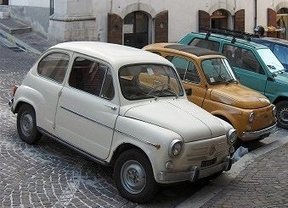 Big brother, Seicento with a the smaller Cinquecento parked just behind it Big brother, Seicento with a the smaller Cinquecento parked just behind it
Coming to be known as the Cinquecento (cheen-qway-CHENT-o... Italian for "500"), its sales were slow in the beginning, because prior to its release, the water-cooled Fiat 600 (the Seicento, produced from 1955 - 1969) was enormously popular and Fiat didn't want to swamp the market with yet another model. Eventually, they produced nearly 3.5 million copies of the Nuova 500 until 1975.
TRIVIA: Fiat is an acronym for Fabbrica Italiana Automobili Torino
The first Nuova 500 was referred to as "N" model, with backwards opening "suicide" doors, no heater, fixed rear side windows and a fabric roof opening all the way to the rear. It was spartan, to say the least--and tiny--a mere 9'9" long. It was designed as an every-man's car... a family car for essential trips around town.
 1957 Marinella, for resort transportation 1957 Marinella, for resort transportation
A close cugino (cousin) to the original Fiat 500 and 600, the Multipla (commonly known as the Seicento Famigliare--"Family 600") was primarily based on the Fiat 600 and sat six people in fairly small size. The driver's compartment was moved forward over the front axle, effectively eliminating the front storage trunk, but giving it a modern minivan appearance. It could be configured with either a flat cargo area behind the front seats or a choice of one or two bench seats. This popular people and cargo mover was a very popular taxi in many parts of Italy up until the 1970s. There even was a beach car version called the Marinella created by car design shop Carrozzeria Ghia.
I personally love practical cars, and loved driving the new Fiat 500L (called the "Large" in Italy) during our Voyage through Italy, although I am certain the U.S. version has a better transmission. We've owned three minivans in our family and would love to see a new version of the Multipla brought to the U.S. in a family minivan configuration. Fiat did introduce a modern version of the Multipla from 1998 to 2010, but despite acclaim for it's bold design (amazing visibility due to huge windows) slack sales outside of Italy doomed the model.
The legendary automobile coach builder Ghia (of Volkswagon Karmann Ghia fame) also created one of my all time favorite cars based on the Cinquecento... the fun-sounding Jolly. The chassis was made by Fiat but everything else was built by Ghia. The little car with a surrey on top was really designed for the rich--as a small car that could be hoisted on and off mega-yachts tooling around the Mediterranean. Oil magnate, Aristotle Onassis (Jackie Kennedy's second hubby) owned one and President Johnson rode around his Texas ranch his. It was a perfect seaside runabout to go from marina to golf course to dinner and back to the marina... while keeping the sun off of the heads of the rich, famous and film stars. Since mostly the elite usually bought them, each one was customized. Besides the canopy, it had no doors and wicker seats. Very cool car... nowadays going for a couple of hundred thousand dollars at classic car auctions. Supposedly, there are less than 100 left in the world.
Of course, this brings us to the current incarnation of the Cinquecento... the Fiat 500 (Type 312). Introduced in 2007, its new styling is reminiscent of Fiat's original 1957 Nuova. It holds four passengers fairly comfortably with a front rather than rear engine, has front wheel drive, and is offered in a three door hatchback and two door cabriolet styles. The newest addition to the U.S. market came in 2016 as a nod to the past Spider series with the Fiat 124 Spider--a joint venture with Mazda, using the new Mazda MX-5 platform. Car manufacturers make strange bedfellows lately... after all, who would have thought that Chrysler would now be owned by Fiat?
It was great to see Fiat's return to the American market after 27 years... I owned a red Fiat 128 station wagon back in the Seventies during the oil embargo and odd-even gas rationing days. I got 30 miles to the gallon while most back then got about 6. I recently did a test-drive the new Cinquecento and love it... although being a tad small, even for our "We Three" family. It's drive didn't feel small, at all. The advent of the Fiat 500L and 500X go even further in changing all that. These are bigger, four door models with plenty of room for small families. Lucas loved having a raised rear "theater" seat in the "L" while we traveled through Italy... giving him much better views. We also liked having the glove box drink chiller--a very welcome thing in hot Italy.
All in all, the Fiat 500 was--and still is--one of the most important, practical designs for people movers on the planet. When you live in a country like Italy with winding roads, limited parking spaces, narrow streets in most villages and the price of fuel always grabbing cash out of your wallet, the ubiquitous Cinquecento simply makes sense... Bravo Fiat! Bravo Italia! --Jerry Finzi If you CARE, please SHARE... Ciao! 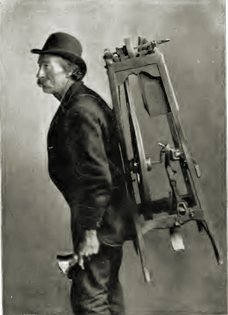 When I was growing up in our neighborhood in New Jersey, there were several types of street vendors that appeared every week, each selling wares from a truck: the fruit and vegetable truck was a favorite because of the way he sang his prices; the ice man too, because in summer he'd always leave chunks for us to cool off with; the sound of the coal truck dumping coal down the chutes of the few remaining buildings still using coal as a fuel is also burned in my memory. But the most interesting to me was the arrotino--the knife grinder. He trudged through the neighborhoods past the Victorian era apartment buildings on foot. I would hear him coming because of the bell he rang while walking--a rather large brass school bell that he swung in sync with his walking gait. When people heard that bell with its distinctive ca-clang-ca-dang pattern, they would grab their dull knifes and scissors or tools and head down to the street to meet him. 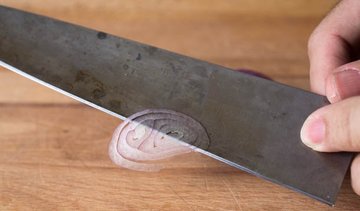 Once in a while my mother would hand me the big kitchen knife and a quarter to go and have him sharpen it. This particular man was fairly old (at least to my young eyes) and a bit arched in his back, but yet he carried his entire sharpening rig and stone on his back via two long leather straps, hitched to him like a big-wheel backpack. I remember the grinding wheel being about 18" in diameter attached to a framework of wood. When a customer wanted something sharpened, he'd unhitch himself from the rig, turn the stone upward and start pumping the treadle with one leg while sparks flew. By the time he was finished, we had a shiny, very sharp knife once again... all for 25 cents.
Walking all day long, often through hilly, cobbled streets was hard work, especially while either carrying or pushing a heavy grinder--some having more than one polishing stone and a box to hold more tools of the trade. The push type rolled along inverted and pushed by holding wooden handles. Once the arrotino found customers, he would turn the grinder rig right-side up and start work. The sharpened kitchen knifes for the casalinga, scythes and butchering knives for contadini (farmers), knives for pescivendolo (fish mongers), cleavers for macellai (butchers), scrapers for stuccatori (plasterers), large knives for cacciatori (hunters) and pocket knives for gentiluomini (gentlemen). The grinding wheel is attached to a rudimentary treadle board which he pumps with one leg to keep the heavy wheel turning. There are either ropes or rubber belts that attach to the various wheels and axles. A can of either water or oil is mounted above the working part of the stone to drip lubricant on the stone while sharpening.. 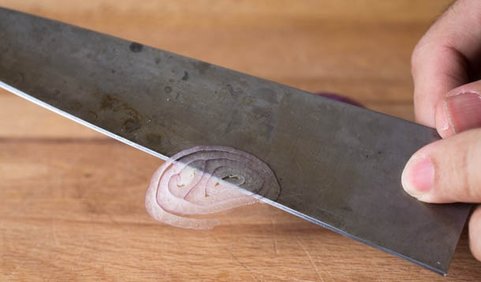 In the old days, l'arrotini were vagabond craftsmen, going from village to village to find clients. He might set up in a village square and eat and sleep where he found food and a hay bed to lay down in. You can imagine that some of his best clients were farmers, not because they might be able to pay his fees, but more often because they could offer food and a comfortable place to sleep. Otherwise, he was mainly self-sufficient, carrying a craticula (an ancient type of BBQ grill), cooking simple meals during his voyages. He cleansed himself at public fountains or in a stream. He returned to his home several times a year, definitely at Christmas and Easter, when a child was born or a relative died, but also for harvesting crops (most in rural Italy still have olives, nuts or grapes to tend). 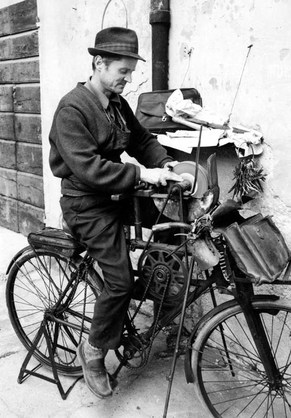 During the 1950s and 60s the advent of the bicycle grinder rig helped arrotini go further, get more work and return to home more often. The grinding wheel was mounted over the front wheel and attached to the pedals by a second drive chain that could use the pedaling action when a lever was flipped. Next came the Vespa scooter and the Tre Ruote Ape (three-wheeled vehicle). In both cases, the motor also drove the grinding wheels. The rear compartment of the Tre Ruote was large enough for arrotini to expand their services--refurbishing and refinishing traditional knives, selling new knives and scissors, offering repairs and parts for old style gas kitchen cookers, and selling and repairing umbrellas, of all things!
"Donne! È arrivato l'arrotino! Arrota coltelli, forbici, forbicine, forbici da seta, coltelli da prosciutto! Donne è arrivato l'arrotino e l'ombrellaio; aggiustiamo gli ombrelli. Ripariamo cucine a gas: abbiamo i pezzi di ricambio per le cucine a gas. Se avete perdite di gas noi le aggiustiamo, se la cucina fa fumo noi togliamo il fumo della vostra cucina a gas." Translation: "Ladies! The Grinder is here! Sharpen knives, scissors large and small, sewing scissors, prosciutto knives! Women, the Grinder and Umbrella Repairman is here; we fix your umbrellas. We repair gas cookers: we have spare parts for your cookers. If your gas is leaking, we'll fix it, if your kitchen is smoking we remove the smoke from your gas cooker." I don't know about you, but I sense a little naughty double entendre in the wording of the announcement... Perhaps the arrotini have sharpened some of their other skills and offer even more personalized services to le donne over the years... putting out the smoking fires in the kitchens of casalinga all over Italy...
Sharpening blades, indeed... Reminds me of the old bawdy blues song lines: "Yea, Babe, I'm your Handyman..." or "Stick out your cans, here comes the garbage man!" --Jerry Finzi And in Our Video Collection: Old Roman Knife Grinder (Arrotino) Explains his Craft L'Arrotini in Venice: Calling All Knife Grinders L'Arrotino: Knife Grinding on a Vespa If you CARE, please SHARE. Grazie. 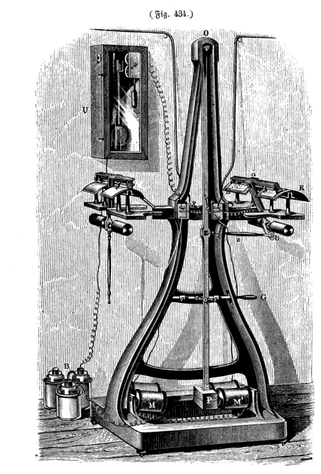 I remember when I got my first fax machine in the 1980s. It was slow, but became essential in my studio, as art directors started using them to send layout revisions. What a time saver. Who knew that the fax... or facimile... or telefax was really invented back in 1863 by Giovanni Caselli, an Italian priest! Caselli invented his device thirty years before Bell invented the telephone and actually put it into commercial use by contract with the French government. Caselli was seen as a mad scientist rather than a man of the cloth by his friends and neighbors, with odd mechanical devices mixed among his furniture. Born 1815 in Siena, Caselli studied both theological and scientific studies. While the wired telegraph was already sending coded messages, sending pictures by wire was only a dream at the time. Caselli's idea was his pantelegraph, an concept first thought of by Alexander Bain of Scotland in 1840. Bain created a crude device to send pictures over wire, but never fully developed the idea.  Living in Florence at the time (while hiding out from his political enemies) Caselli reworked Bain’s device and improved on it, but he didn't have enough mechanical skills to make a working prototype. So he went to Paris and partnered with Gustav Froment, a leading maker of scientific instruments. After seven years in 1863, they triumphed. Caselli received a U.S. patent for his telegraphic apparatus, making major improvements to the design. Unlike Bain's design which scratched the image on metal plates, Caselli's fax used ordinary ink. The image received could be enlarged or reduced. Multiple messages could be transmitted through a single wire at the same time. Caselli also developed an electrically sensitive paper, soaked in potassium, that changed color each time electricity passed through it. His fax machine was more than six feet tall, with long pendulums, batteries, and wires. For the 1860s, the quality of the fax image was amazingly high. Eventually, he would dub it the pantelegraph. Emperor Napoleon III liked the device so much they passed a law to connect a fax service between Paris and Lyons. In 1861 the French government authorized tests of a fax system using telegraph lines between Paris and Lille and Paris and Marseilles. By 1863 a Paris-Lyons line was tested with great success. Transmitting at fifteen words per minute, the fax could send forty telegrams of twenty words each hour. In 1865 the French government decided to take the system public. On May 16, 1865, the pantelegraph was set up on the existing Paris-Lyons telegraph line. It must have worked well because in two years, the Marseilles connection was added. By 1867 four Caselli machines serviced the Paris-Lyons lines. Service was so successful and the device so efficient that 110 faxes and hour could be sent. The newspaper industry, seeing what a boon it could be for their industry, touted the new invention on their pages. Interestingly, early fax machines needed to "talk" to machines of the same brand and model and it wasn't until 1974 that the world's first international fax standard was approved by the United Nations. In the 1980s, personal and small business fax machines proliferated around the world. And to think, we own it all to an eccentric Italian priest. --Jerry Finzi Remember, if you CARE, please SHARE. Grazie! |
On Amazon:
|

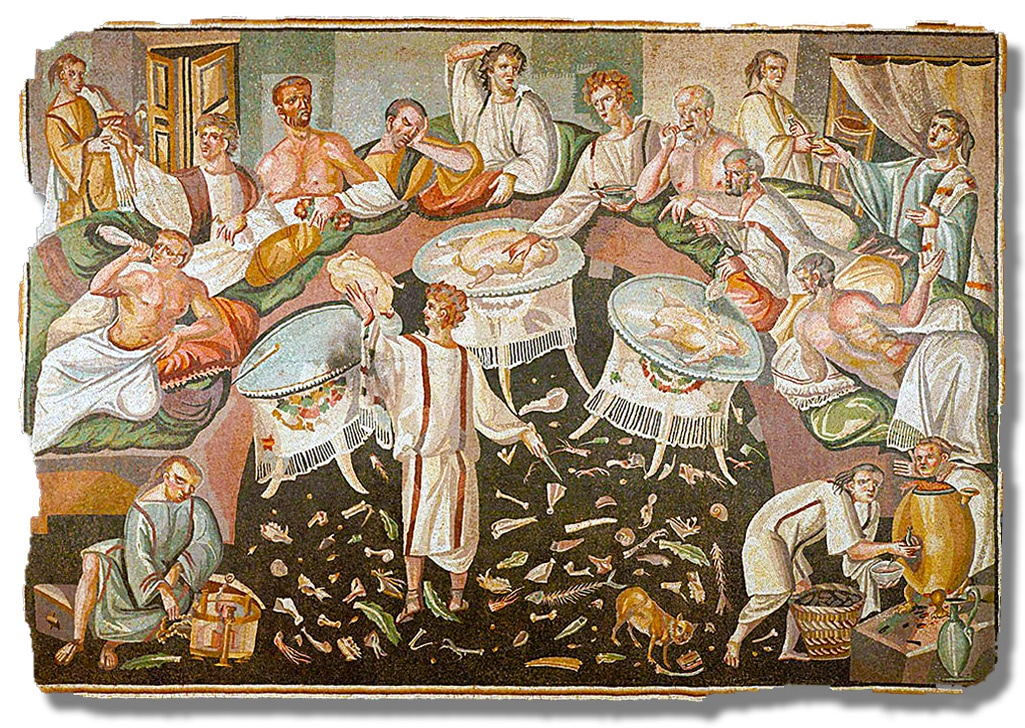
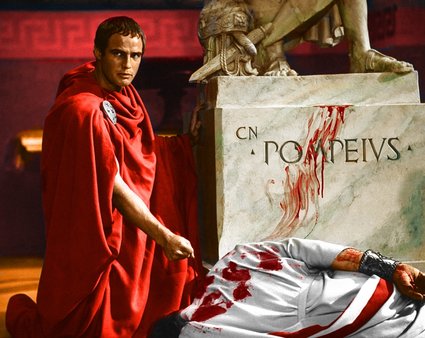
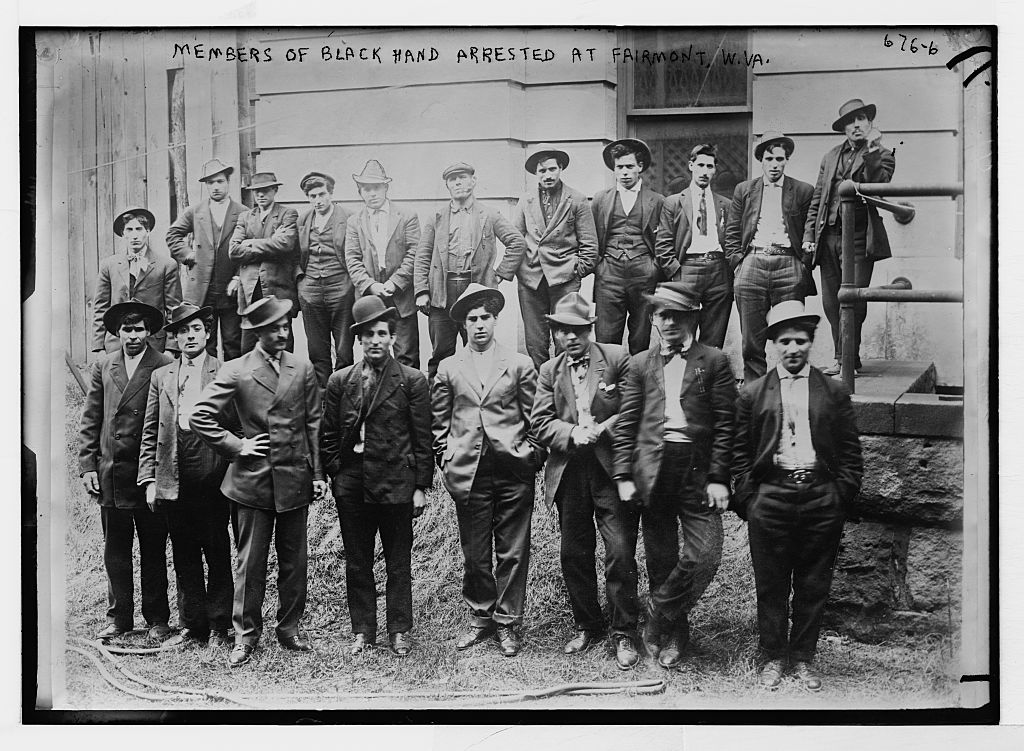
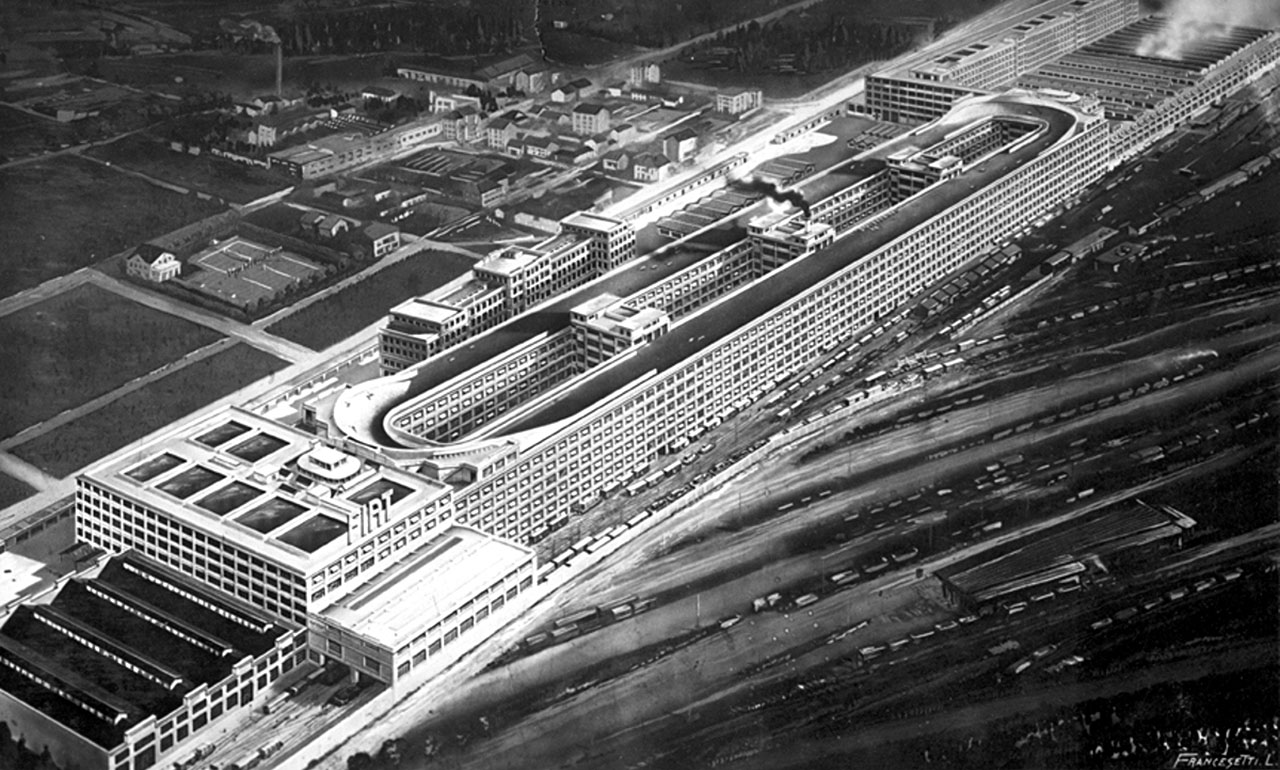
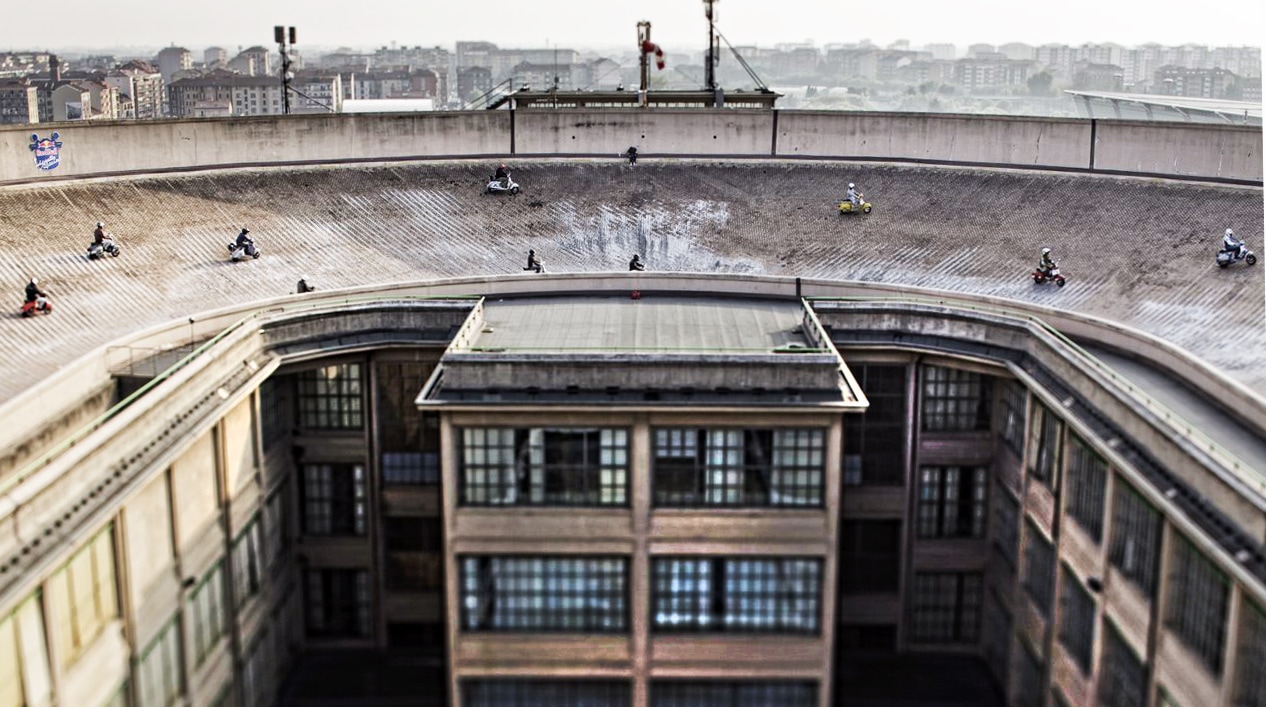
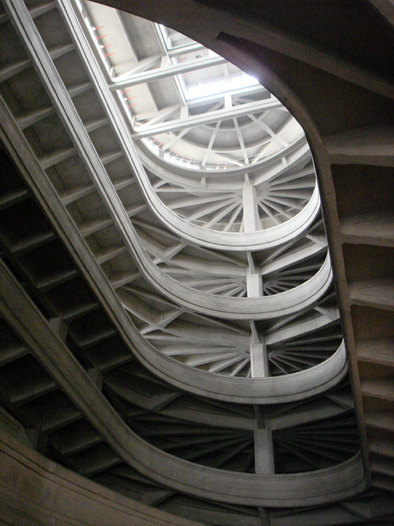
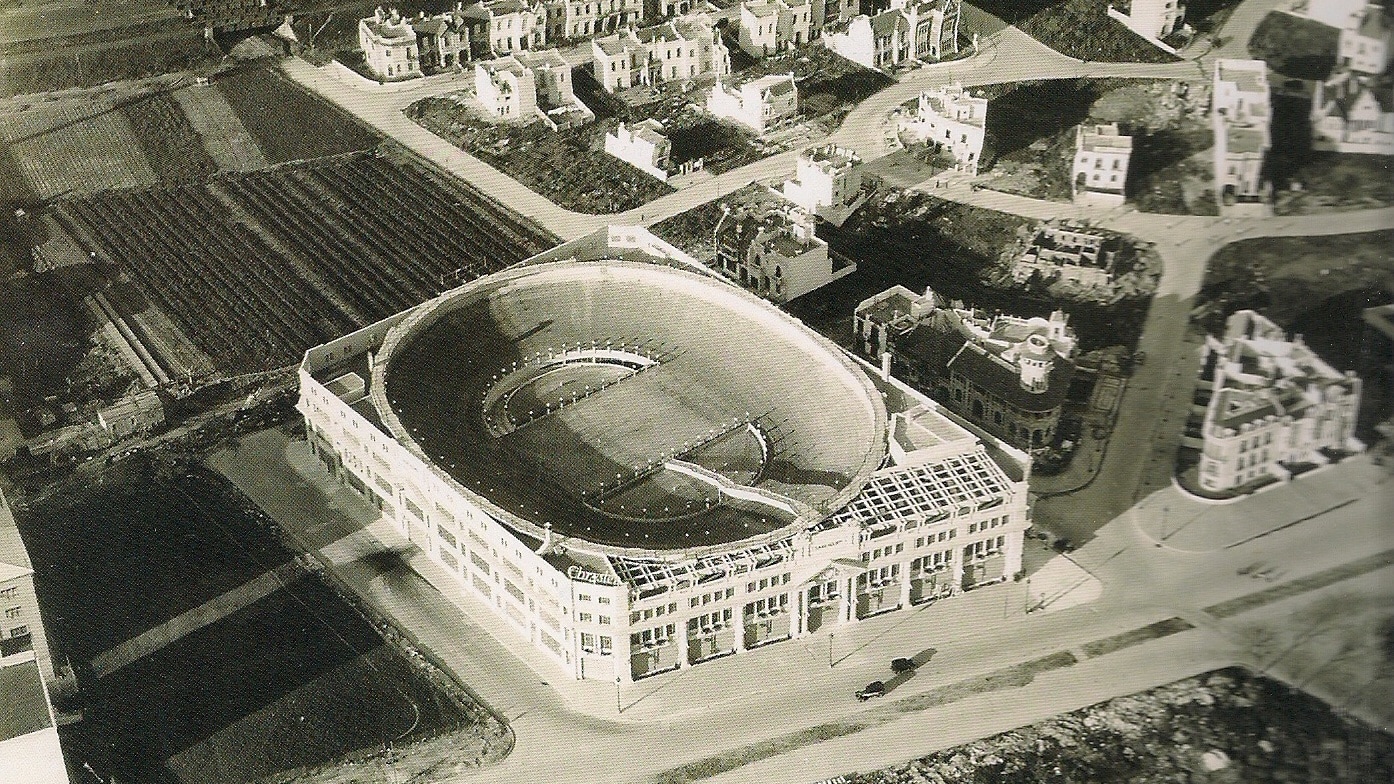
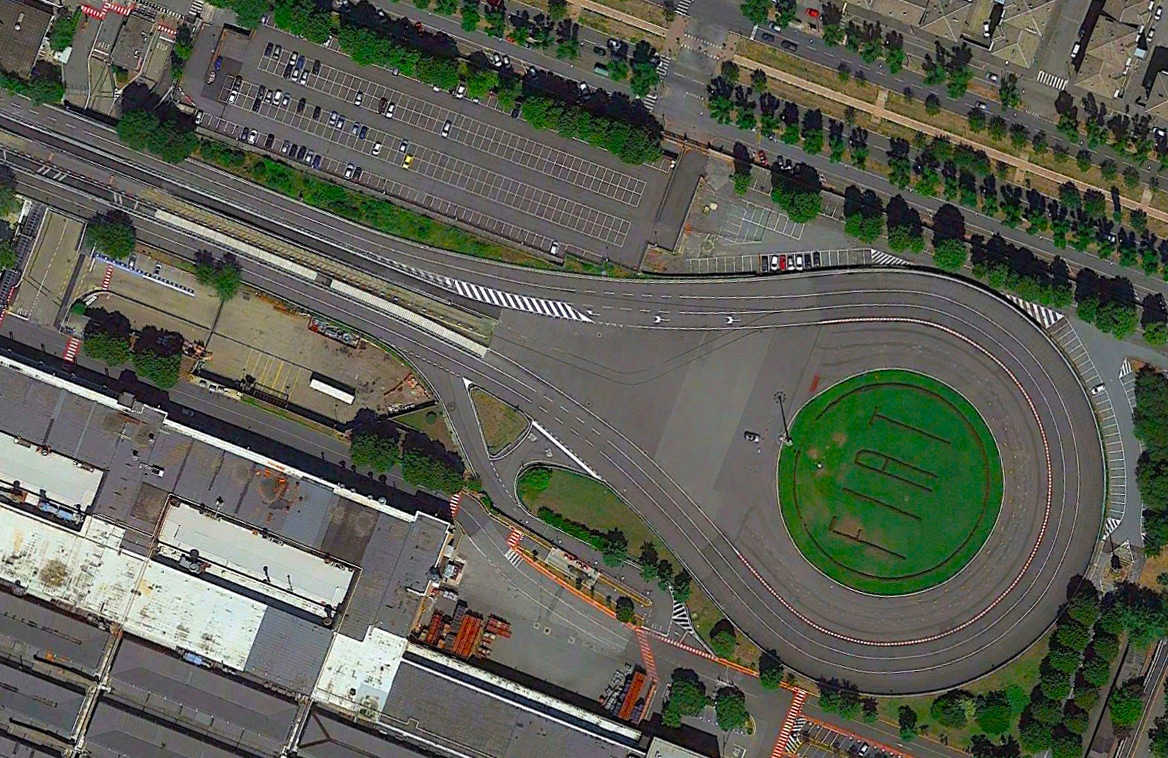
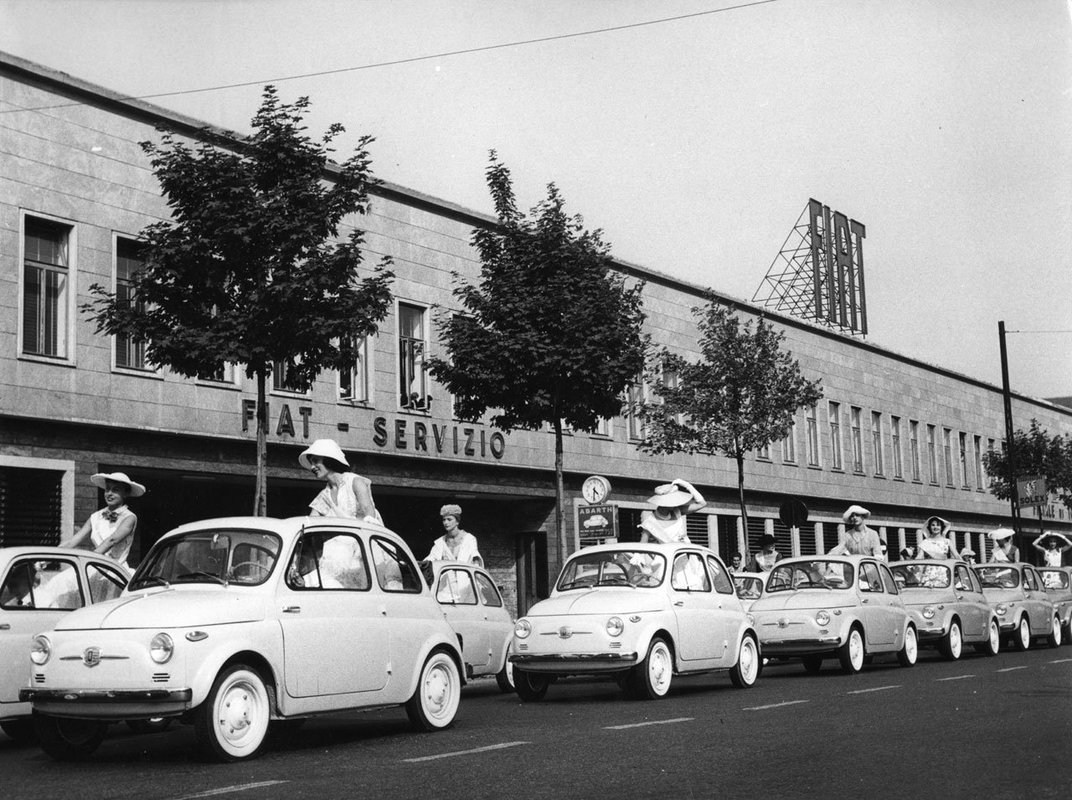
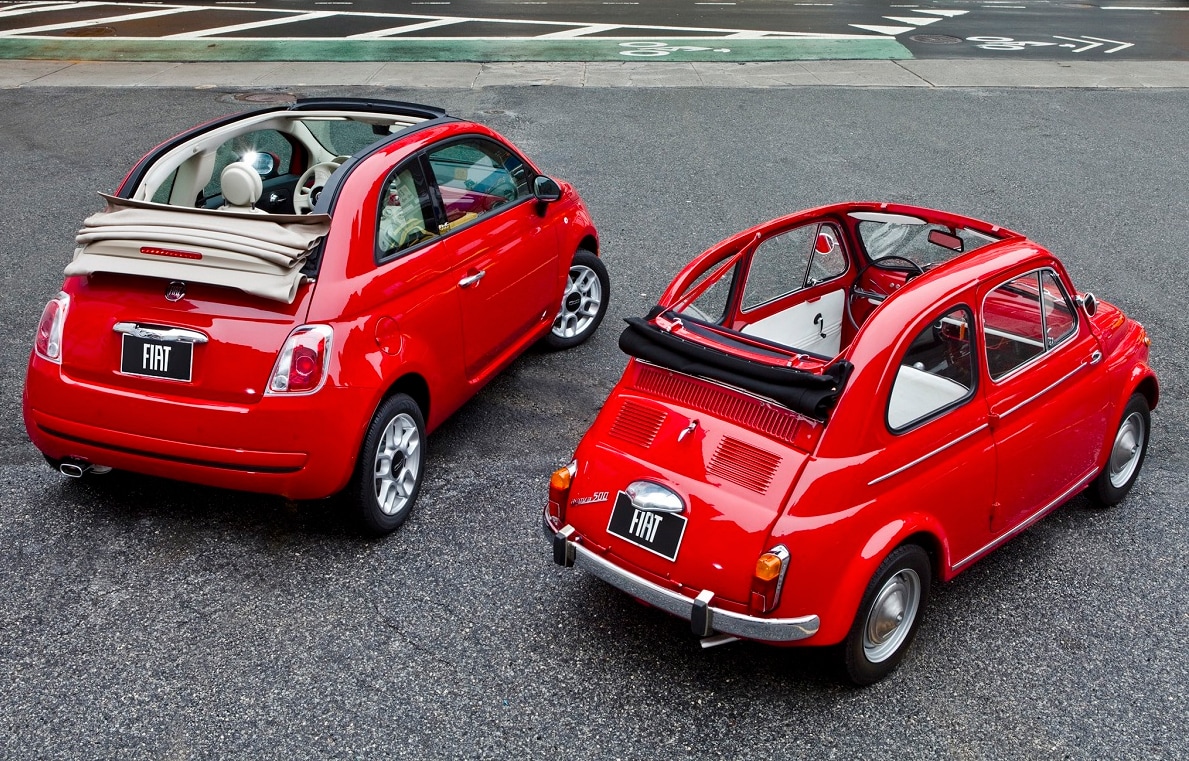
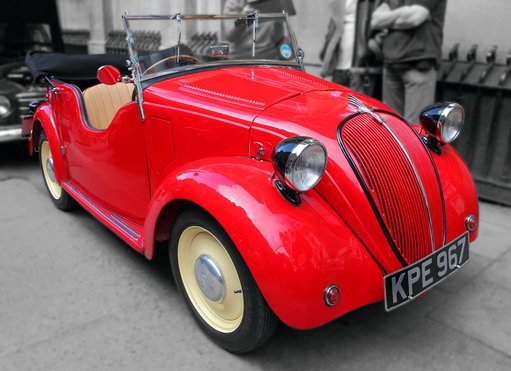
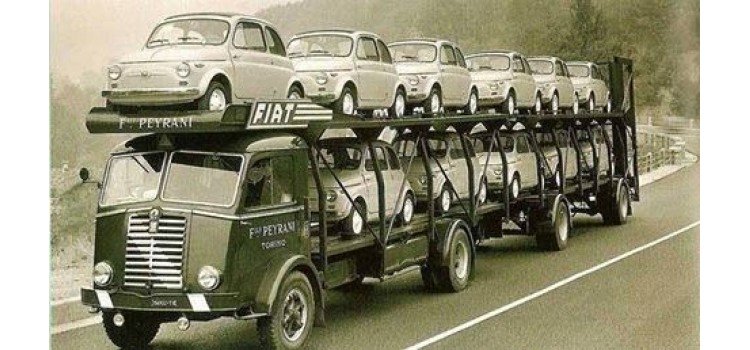
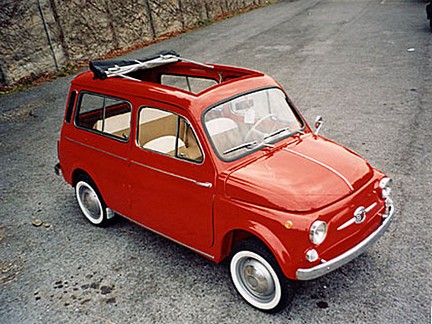
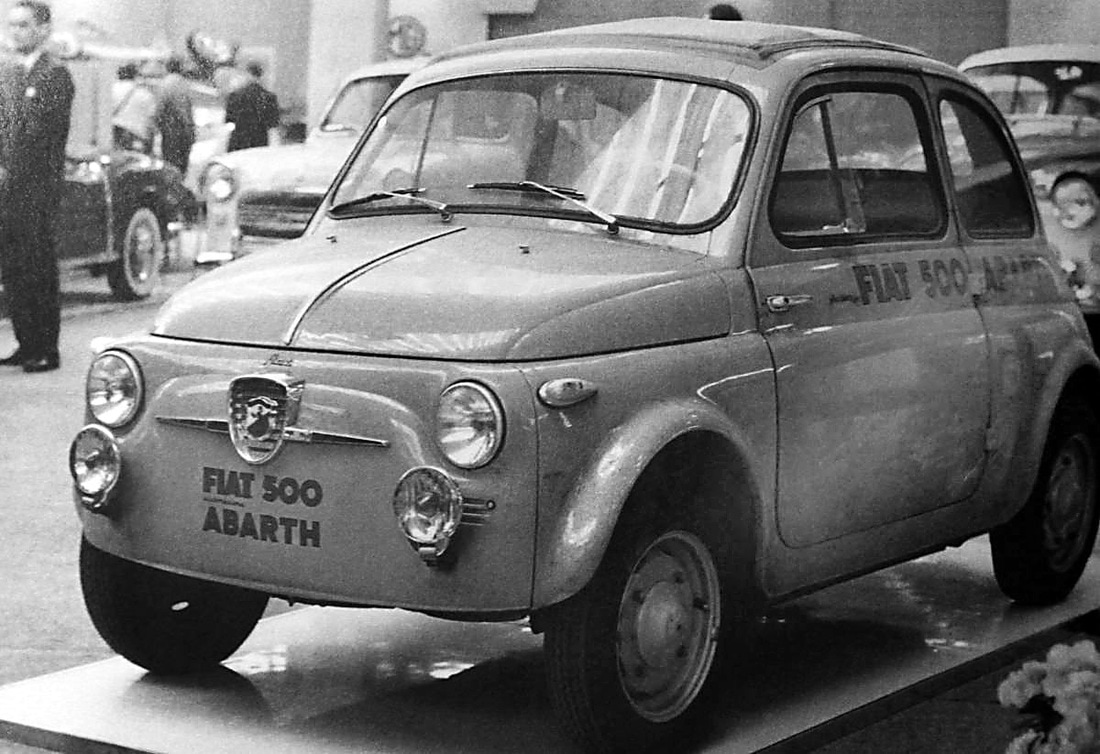
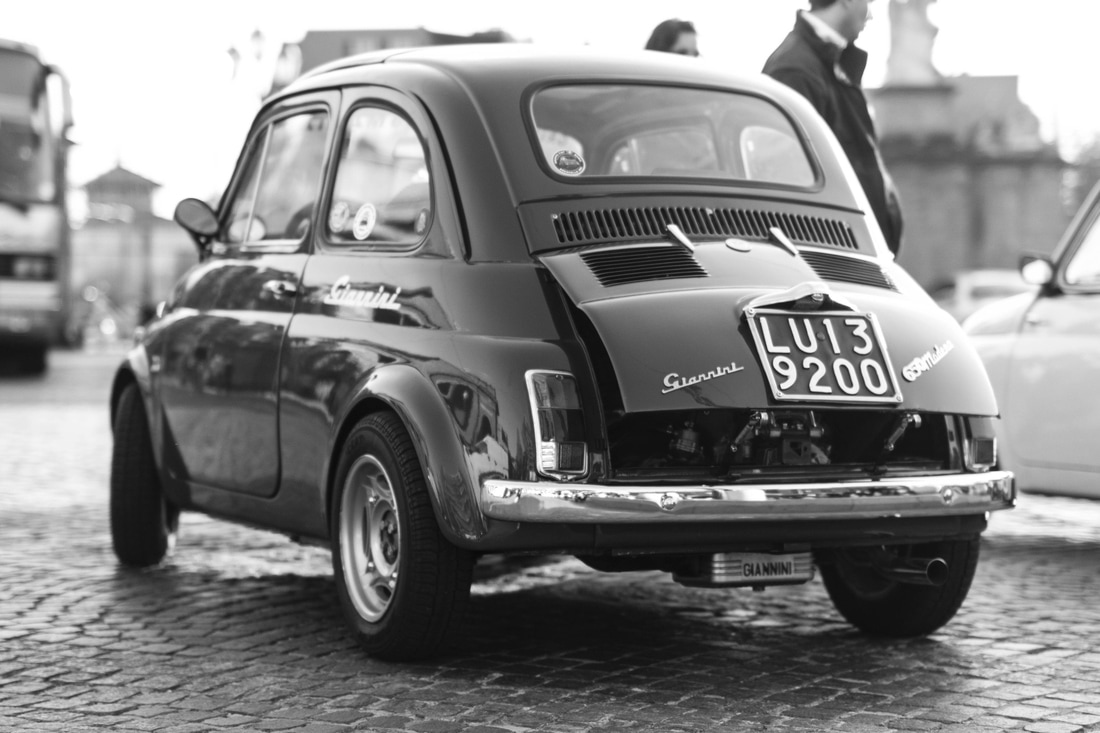
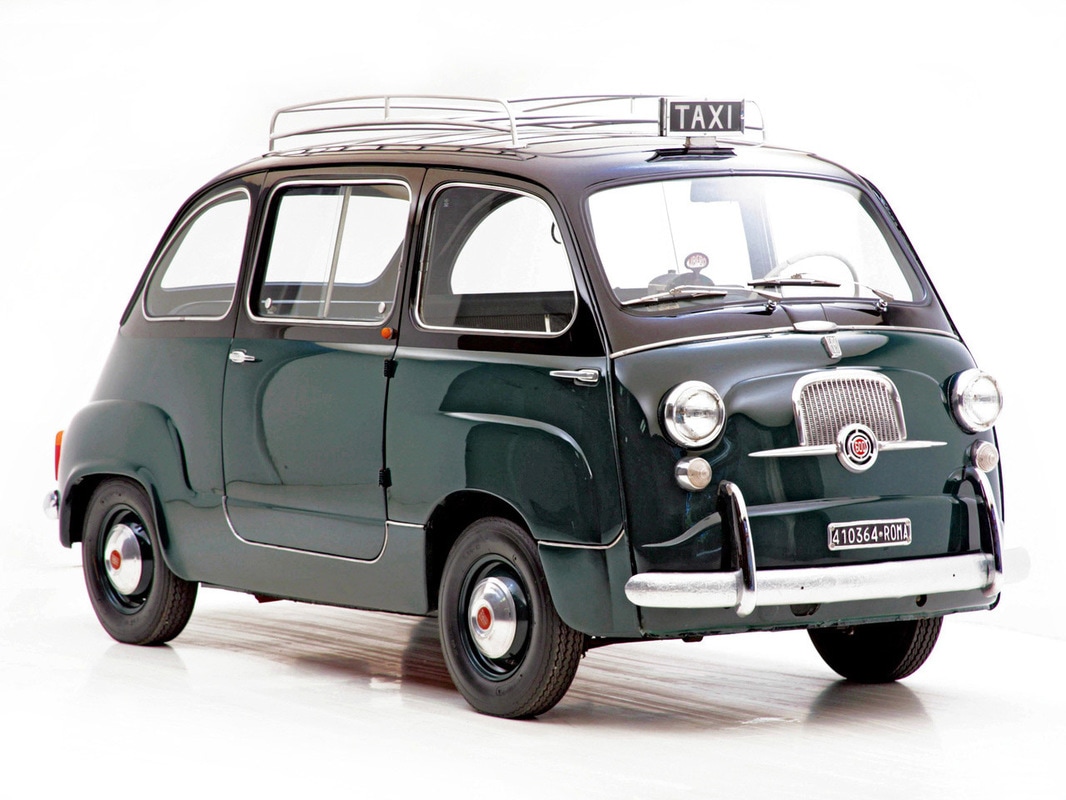
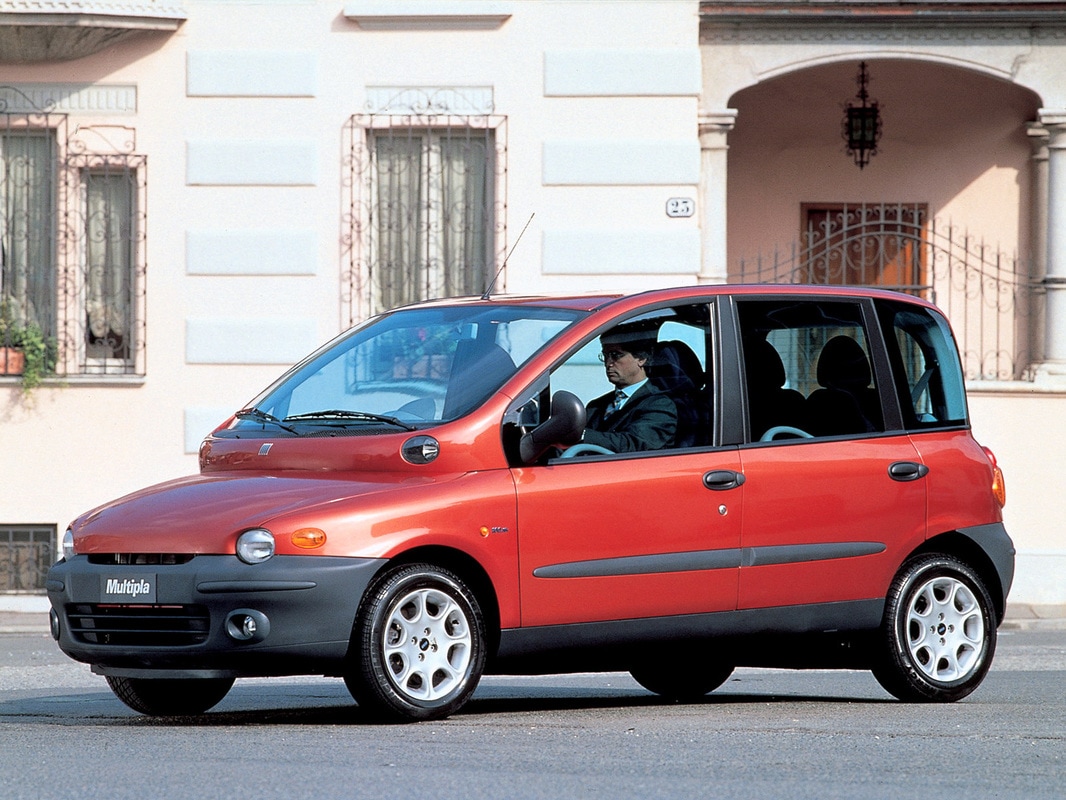
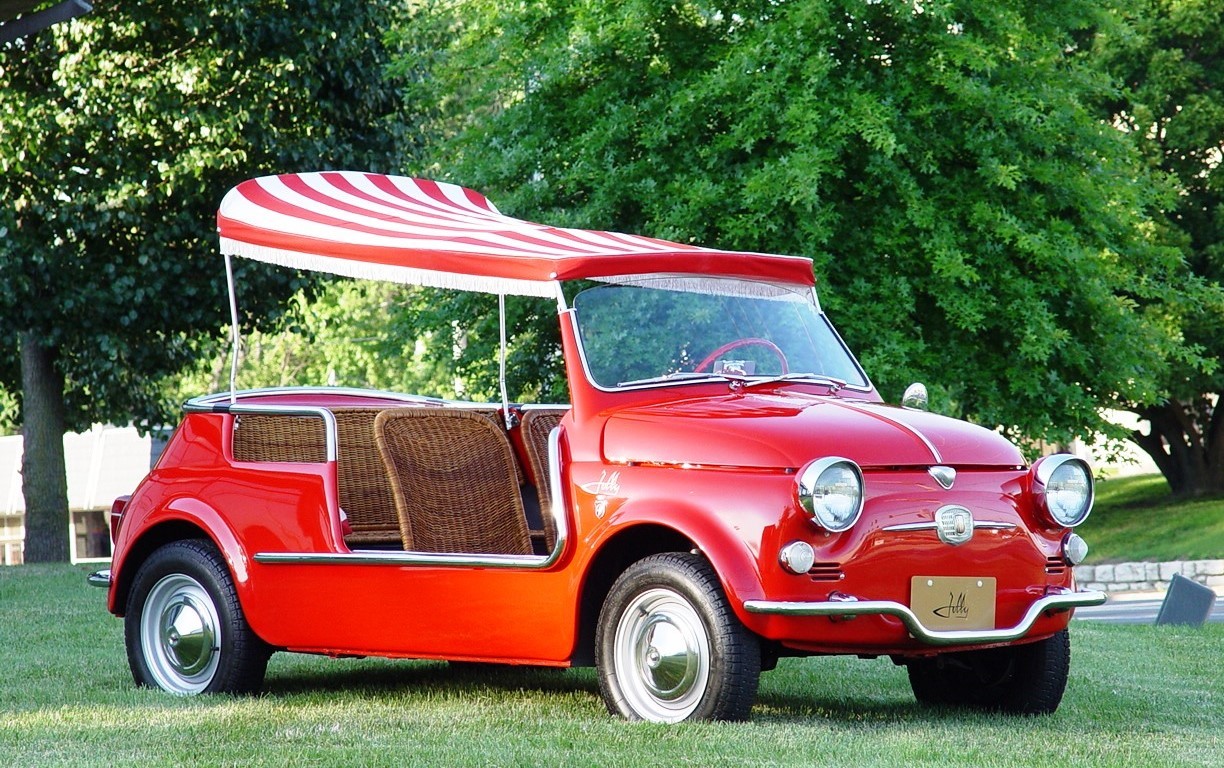
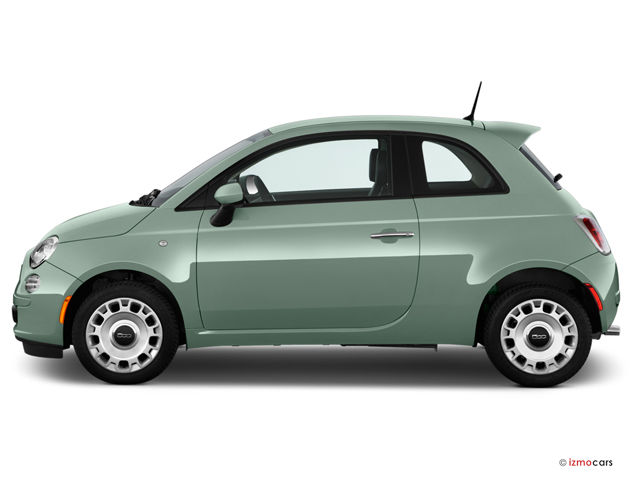


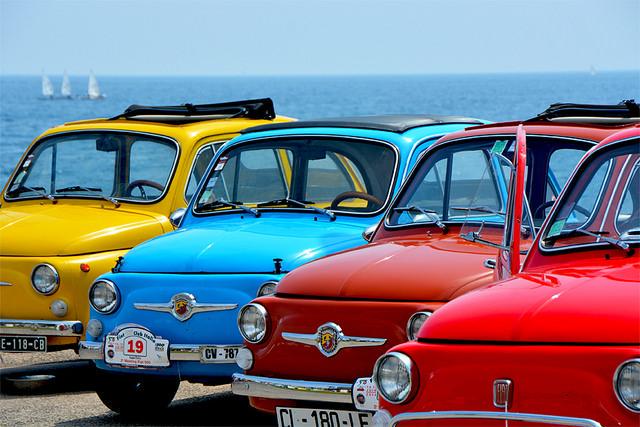
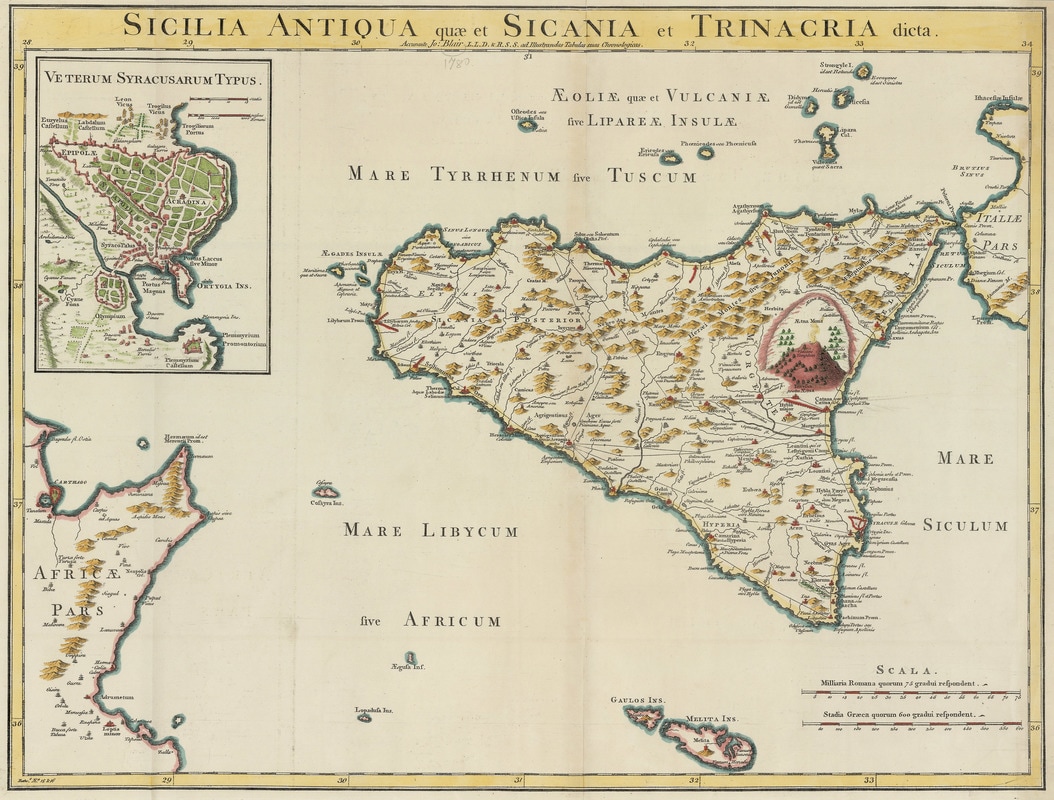
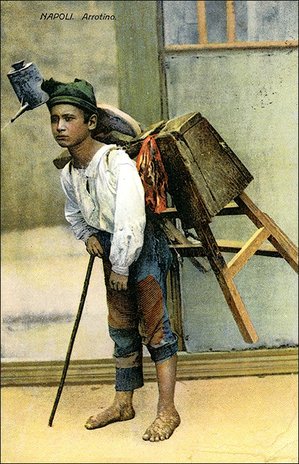
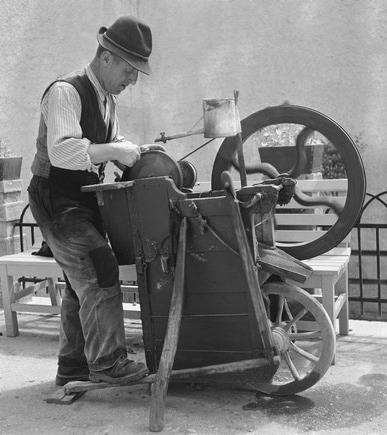
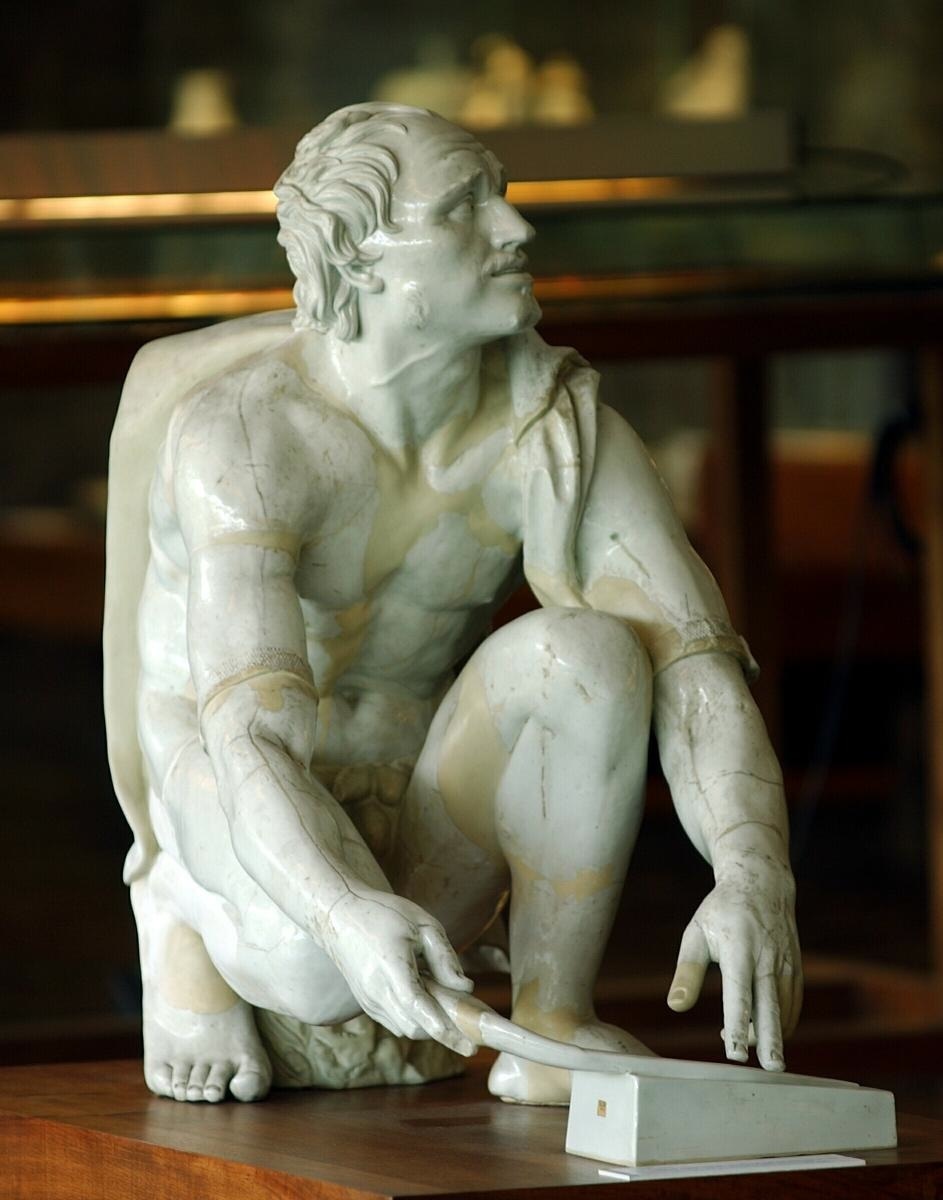
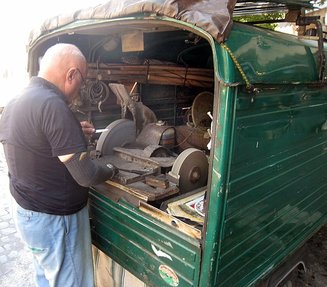
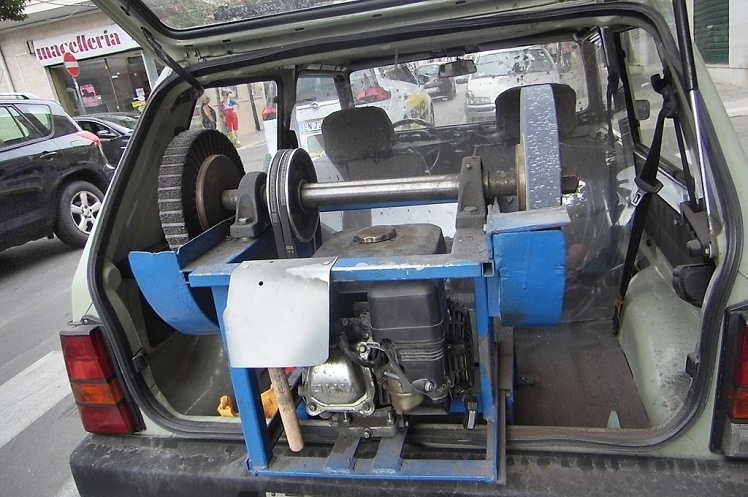
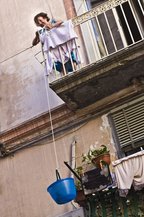
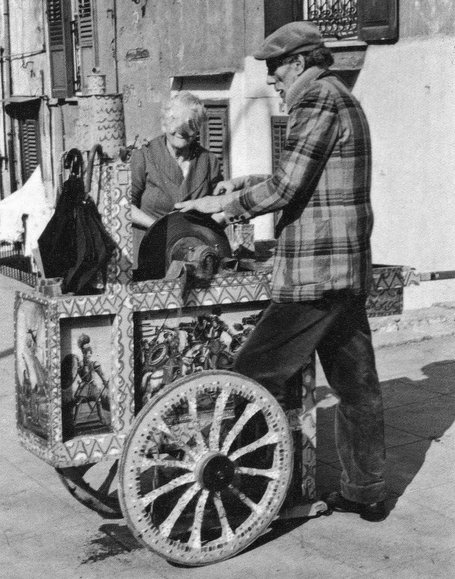
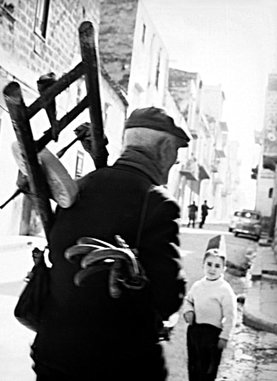
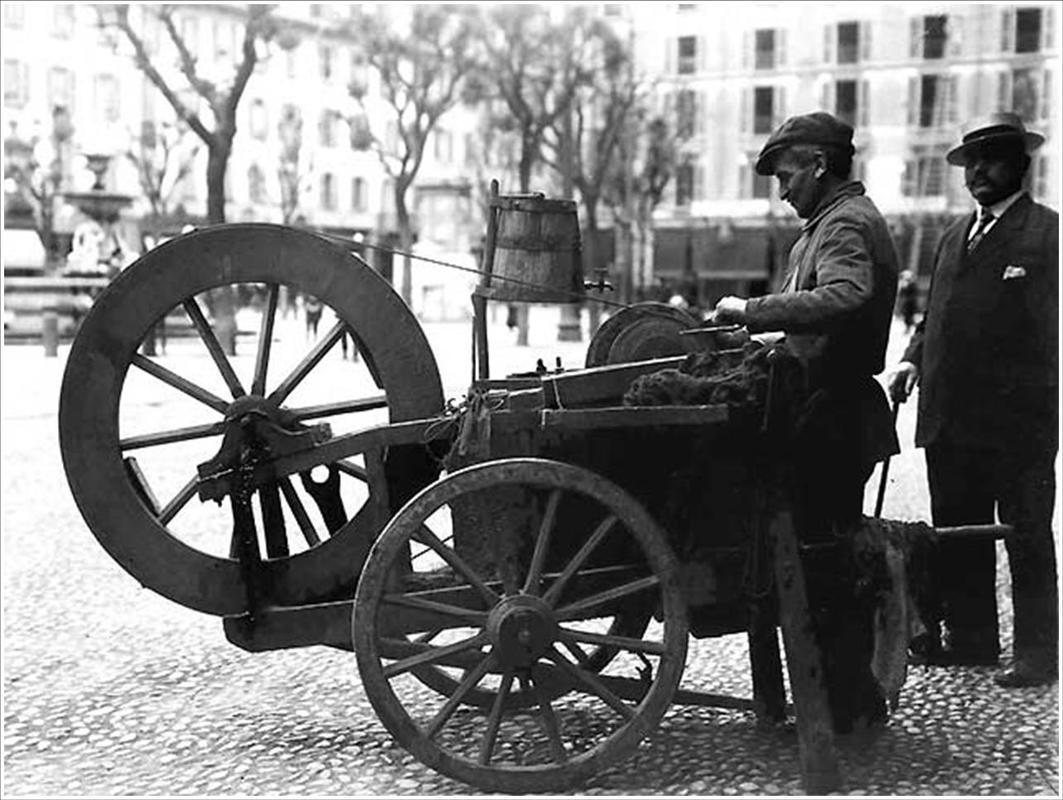
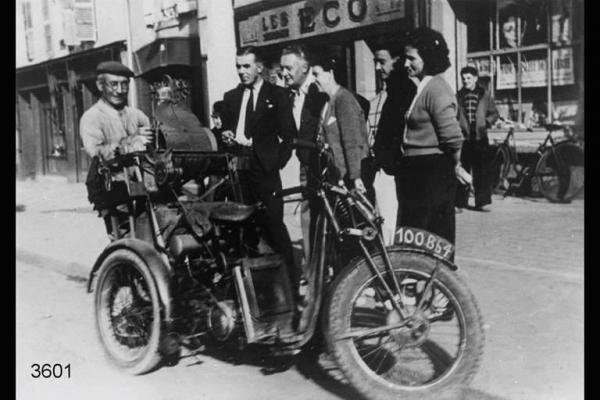
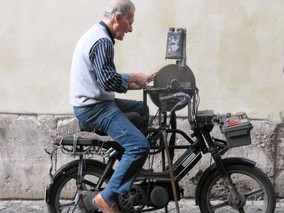
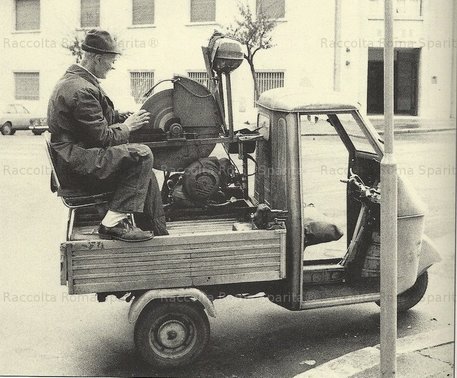

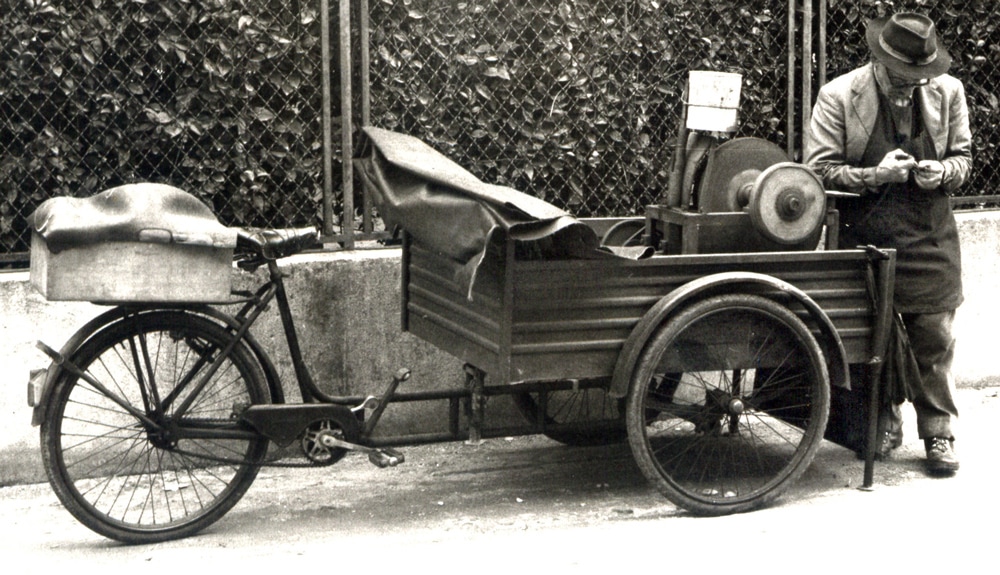
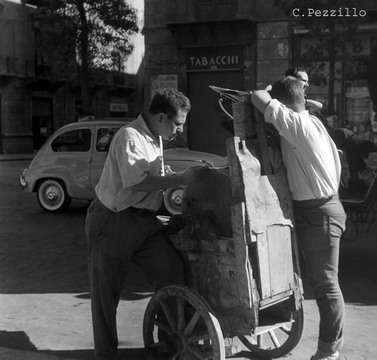
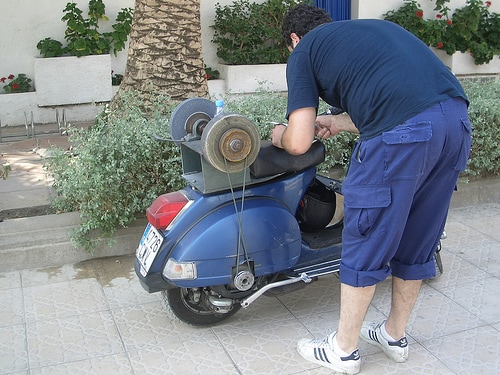
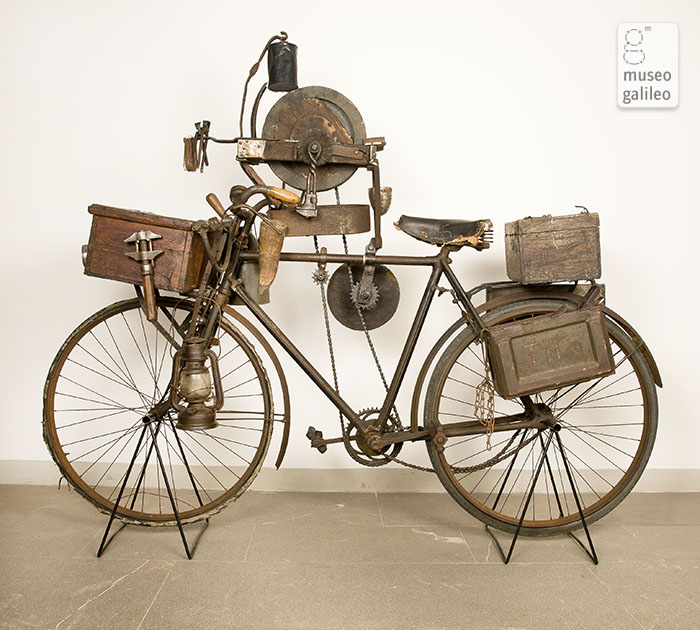
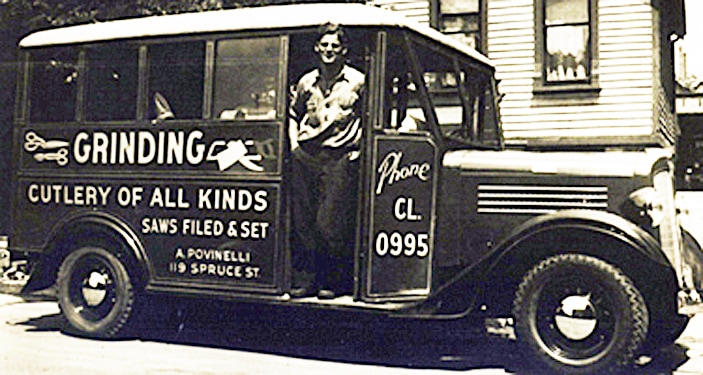
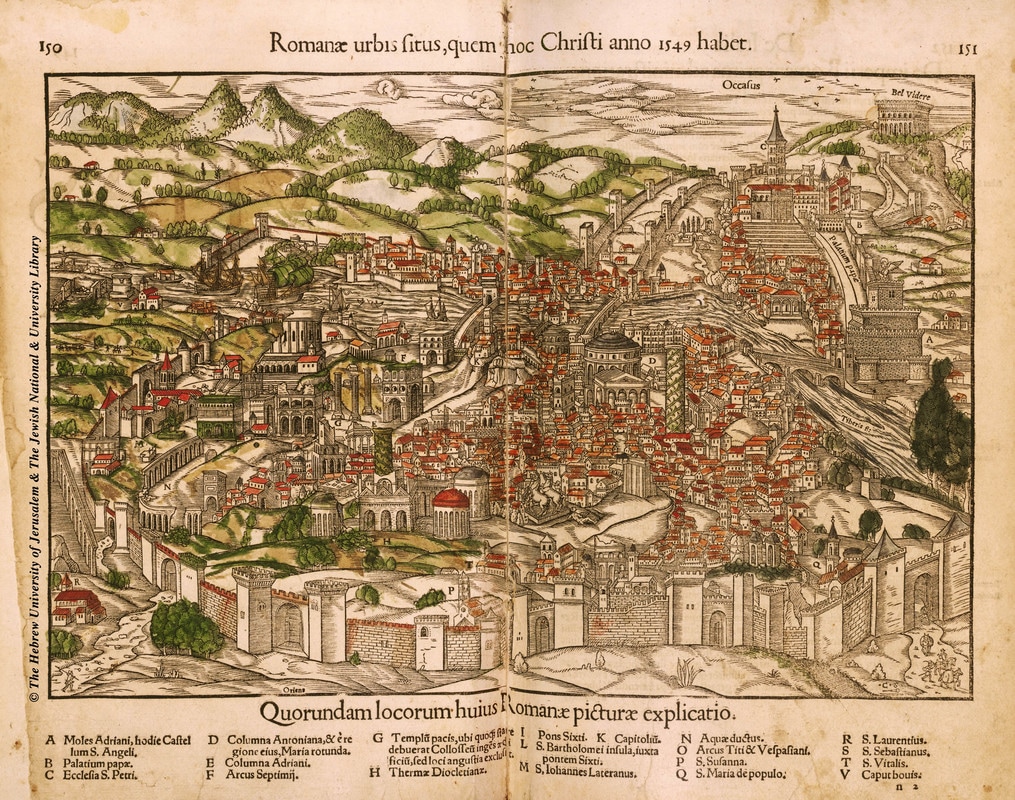
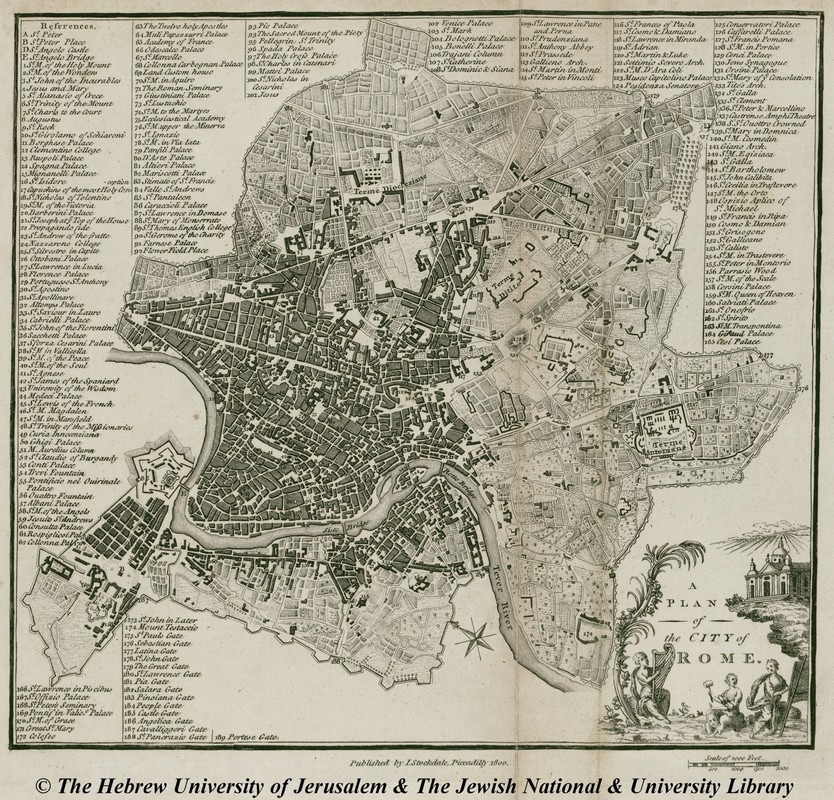


 RSS Feed
RSS Feed
